The natural world is teeming with incredible diversity, yet many species are teetering on the brink of extinction. Understanding and protecting these endangered animals is crucial to maintaining ecological balance and preserving biodiversity for future generations. This article delves into 10 such endangered animals that need immediate protection, exploring their unique characteristics, the challenges they face, and the urgent actions needed to prevent their extinction.
Amur Leopard

The Amur leopard, one of the world’s rarest big cats, is critically endangered. Native to the temperate forests of the Russian Far East and northeastern China, only about 70 individuals remain in the wild. Habitat loss due to logging and human encroachment, coupled with poaching and prey depletion, are significant threats. Conservation efforts focus on strengthening anti-poaching activities, habitat restoration, and monitoring populations to prevent this majestic species from disappearing.
Sumatran Orangutan
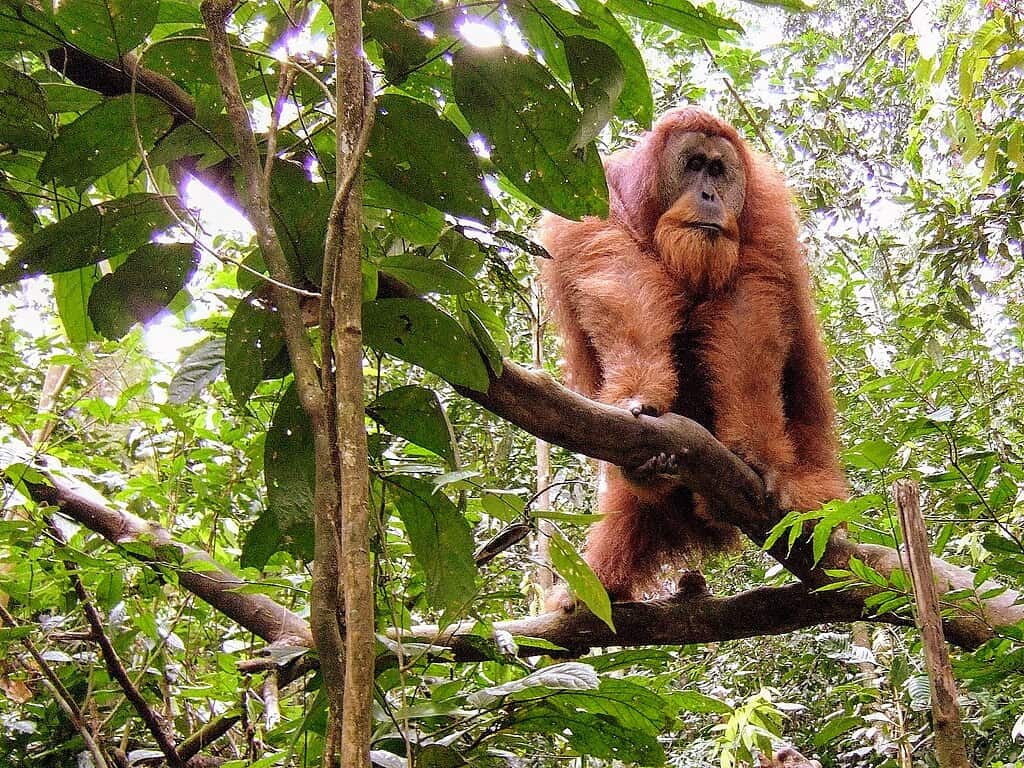
Endemic to the Indonesian island of Sumatra, the Sumatran orangutan is critically endangered, with fewer than 14,000 individuals left. This arboreal ape faces severe threats from deforestation, palm oil plantations, and illegal wildlife trade. Conservation programs concentrate on protecting remaining forest habitats, rehabilitating rescued orangutans, and promoting sustainable land-use practices to secure a future for these intelligent primates.
Vaquita
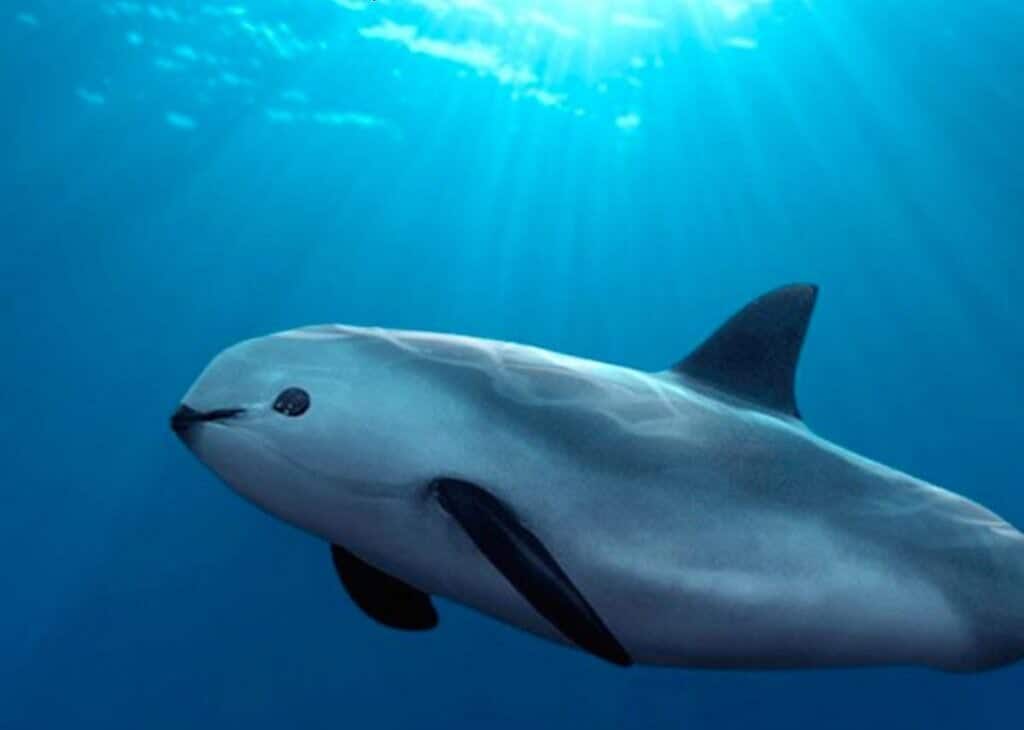
The vaquita, the world’s smallest porpoise, is on the brink of extinction, with fewer than 10 individuals remaining in the wild. This elusive creature inhabits the northern part of the Gulf of California, where it faces critical threats from bycatch in illegal gillnets used for fishing the totoaba fish. Efforts to save the vaquita involve enforcing fishing bans, removing ghost nets, and raising awareness about its plight to prevent imminent extinction.
Javan Rhinoceros

With only around 75 individuals remaining in the wild, the Javan rhino is critically endangered. Found exclusively in the Ujung Kulon National Park in Indonesia, this solitary mammal faces threats from habitat degradation and natural disasters. Conservationists focus on habitat protection and expansion, along with strict anti-poaching measures, to ensure the survival of this unique species.
Cross River Gorilla

The Cross River gorilla is Africa’s most endangered great ape, with an estimated population of 200 to 300 individuals. These gorillas inhabit the dense forests and rugged hills along the Nigeria-Cameroon border. Habitat loss, hunting, and human disturbance pose significant threats. Conservation strategies aim to protect habitats through community engagement, law enforcement, and transboundary cooperation between Nigeria and Cameroon.
Hawksbill Turtle
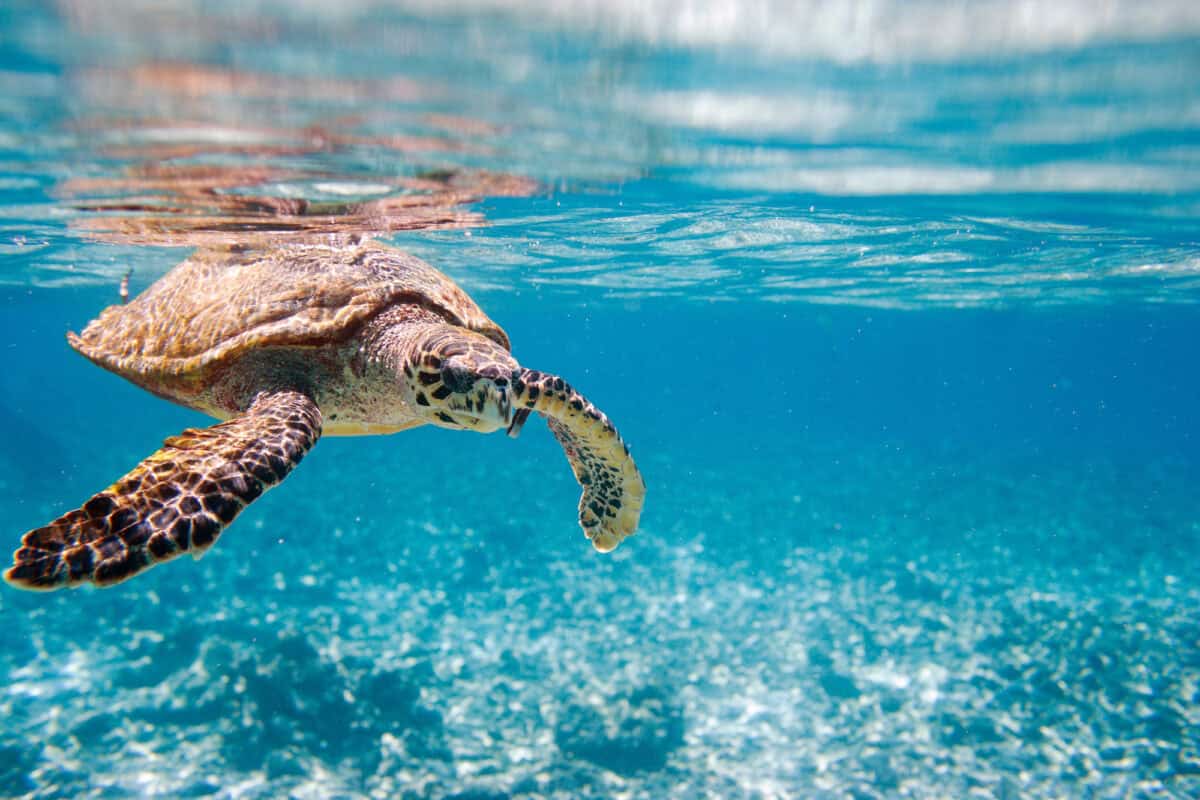
The critically endangered hawksbill turtle is known for its beautifully patterned shell, which has made it a target for illegal trade. These turtles inhabit tropical coral reefs and are vital for maintaining healthy reef ecosystems. Threats include illegal poaching, habitat loss, and climate change impacts like coral bleaching. Conservation efforts focus on protecting nesting sites, regulating fisheries, and restoring coral reef habitats.
Saola

Often called the “Asian unicorn,” the saola is one of the most mysterious and rare large mammals, with fewer than 100 individuals believed to remain. Found in the Annamite Range of Vietnam and Laos, the saola faces threats from snare traps set for other wildlife and habitat fragmentation. Urgent conservation work involves enhancing law enforcement, removing snares, and increasing community awareness to save this enigmatic animal.
Black Rhino
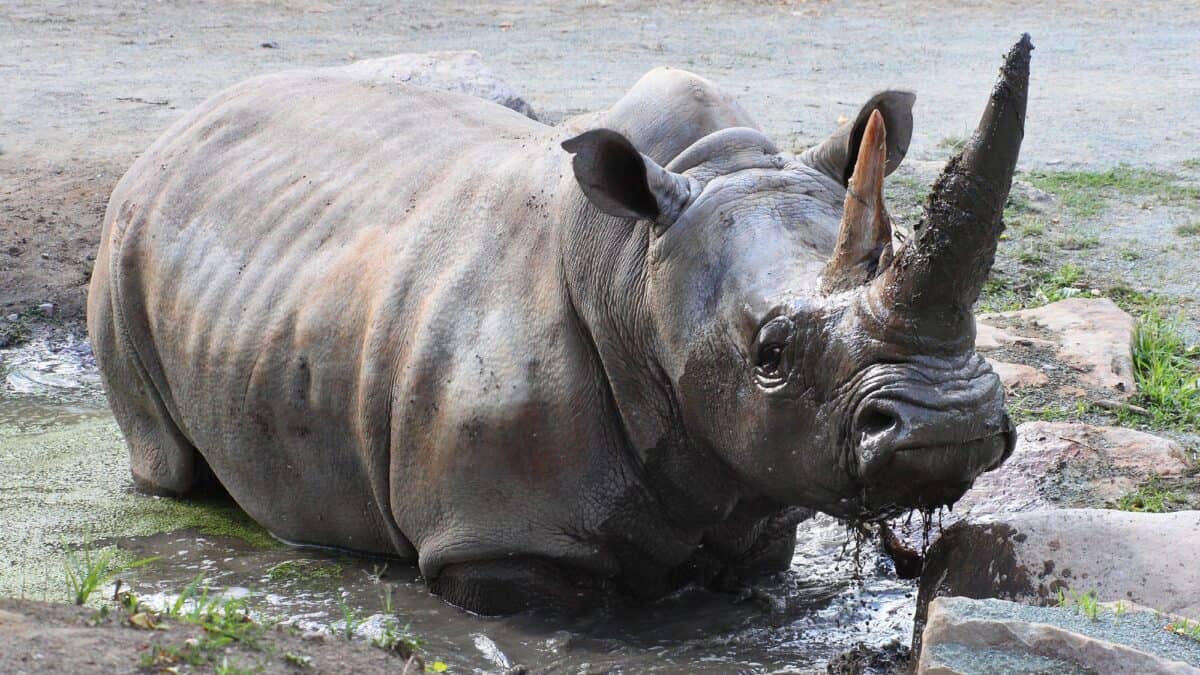
Despite ongoing conservation efforts, the black rhinoceros remains critically endangered, with approximately 5,500 individuals remaining. Found in a range of habitats across southern and eastern Africa, black rhinos are primarily threatened by poaching driven by the demand for rhino horn. Anti-poaching efforts, along with habitat protection and community engagement, are crucial in safeguarding these magnificent creatures.
Mountain Gorilla

Mountain gorillas inhabit the forested slopes of the Virunga Mountains in central Africa. Thanks to intensive conservation efforts, their population has increased to over 1,000 individuals, although they remain endangered. Threats such as habitat encroachment, disease, and human conflict continue to challenge their survival. Conservation actions include habitat restoration, veterinary care, and eco-tourism initiatives that benefit local communities.
Yangtze Finless Porpoise
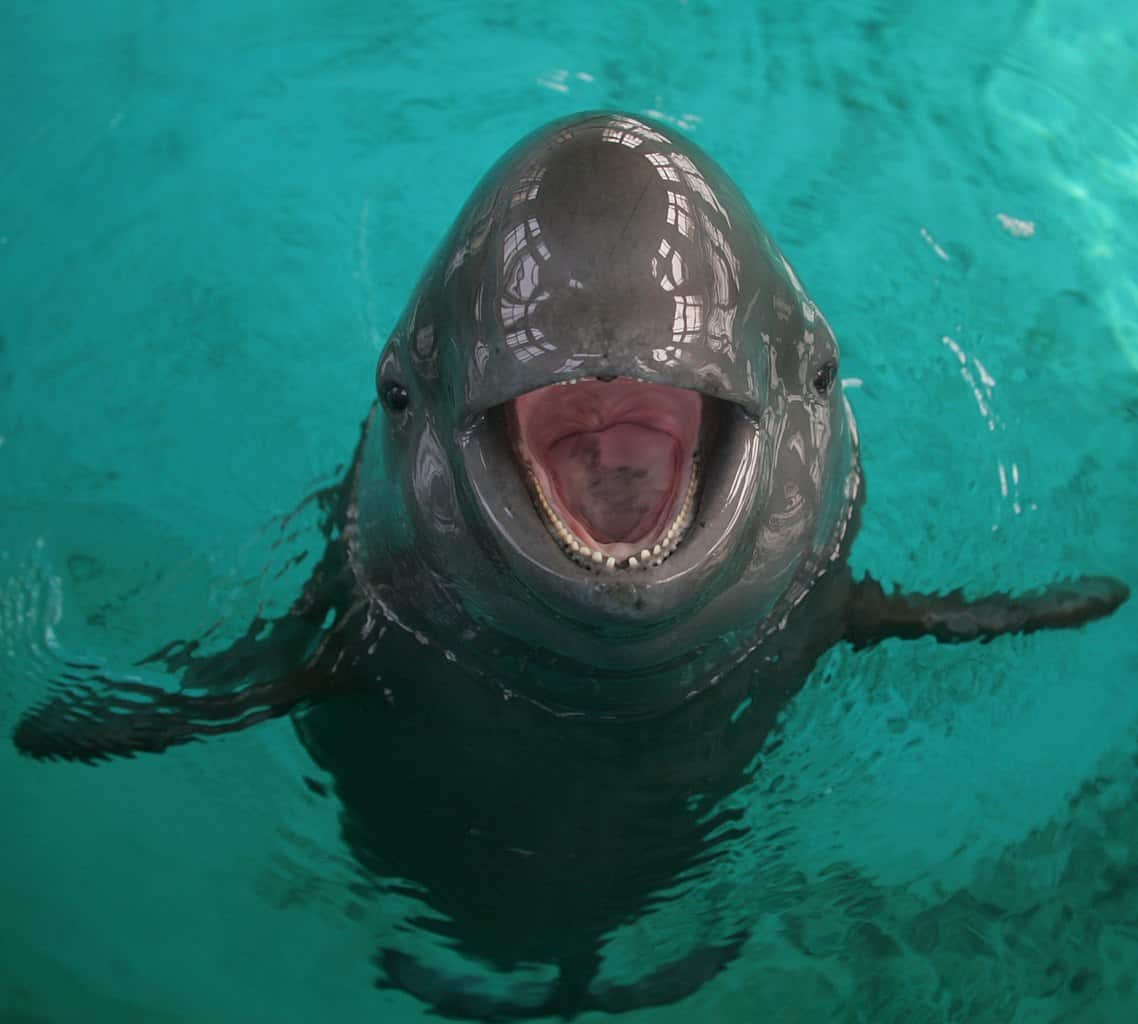
The Yangtze finless porpoise, a critically endangered freshwater cetacean, is native to the Yangtze River in China. With fewer than 1,000 individuals left, it faces threats from pollution, habitat degradation, and illegal fishing practices. Conservation measures focus on establishing protected areas, improving water quality, and reducing bycatch to prevent this species from following the baiji dolphin into extinction.
Conclusion:
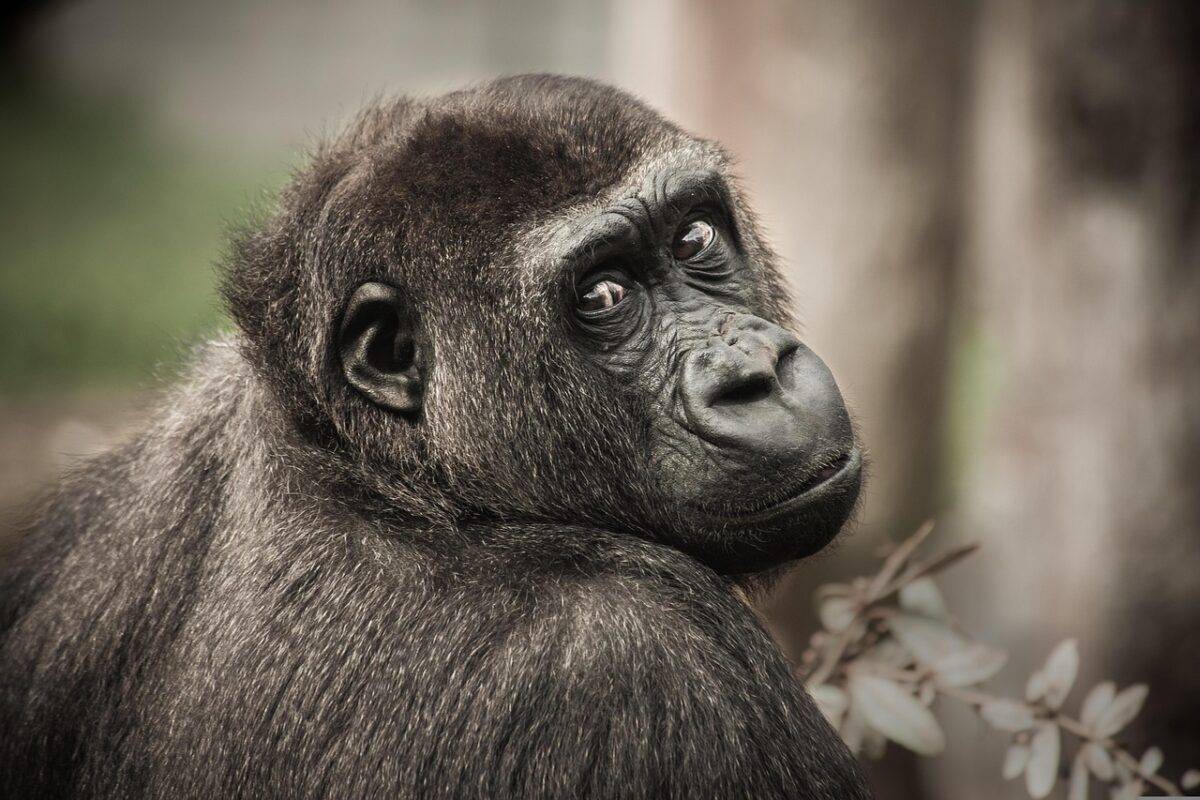
The plight of these endangered animals underscores the urgent need for global conservation efforts. Each species plays a vital role in its ecosystem, and their loss could have cascading effects on biodiversity. Protecting these creatures requires collaborative actions involving governments, conservationists, local communities, and international organizations. By raising awareness and supporting conservation initiatives, we can help ensure that future generations inherit a planet as rich and diverse as the one we enjoy today.
- How Wildlife Corridors Help Animals Migrate Safely - August 19, 2025
- The Only Shark That Can Survive in Freshwater And Where Its Found - August 19, 2025
- The Strongest Bite Force Ever Measured in a Reptile - August 19, 2025

